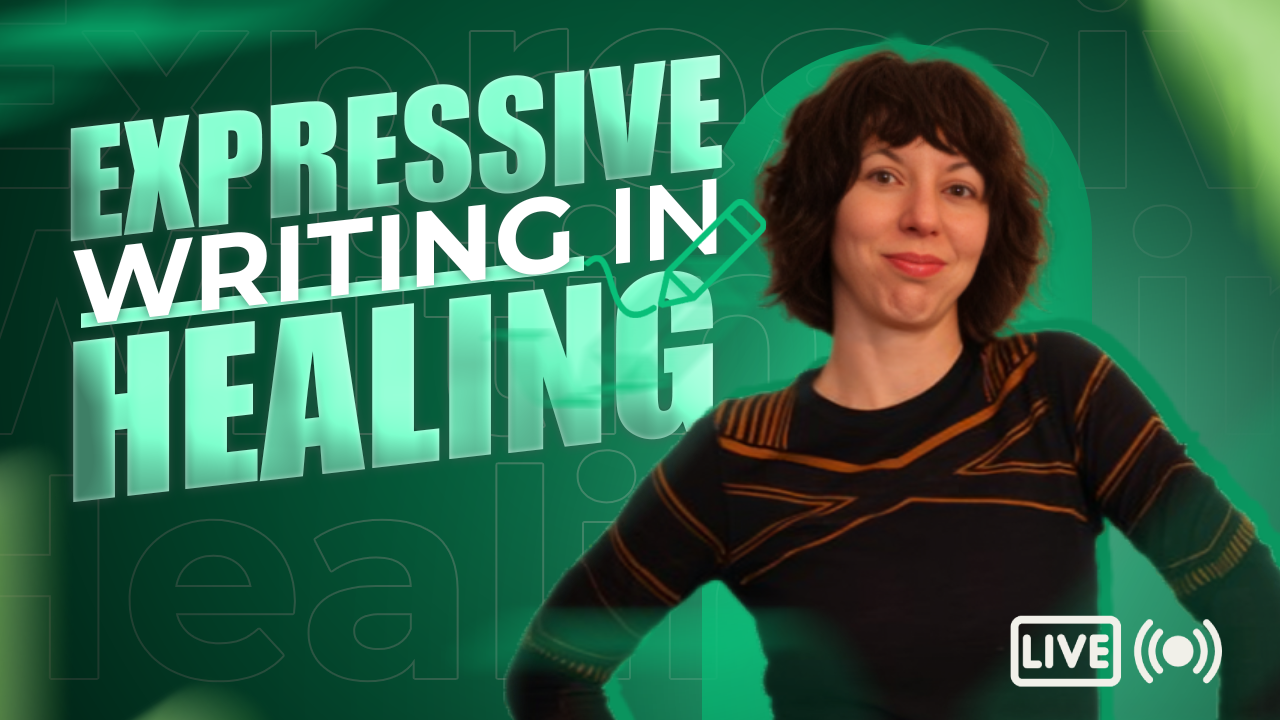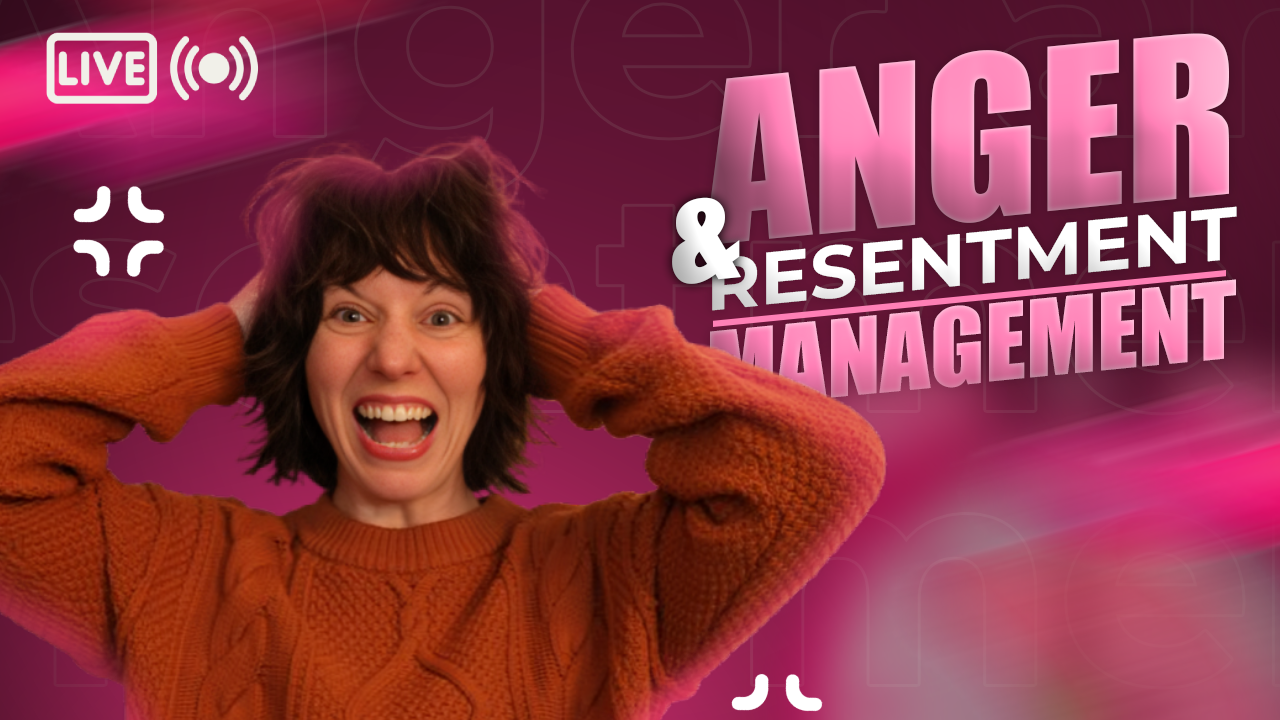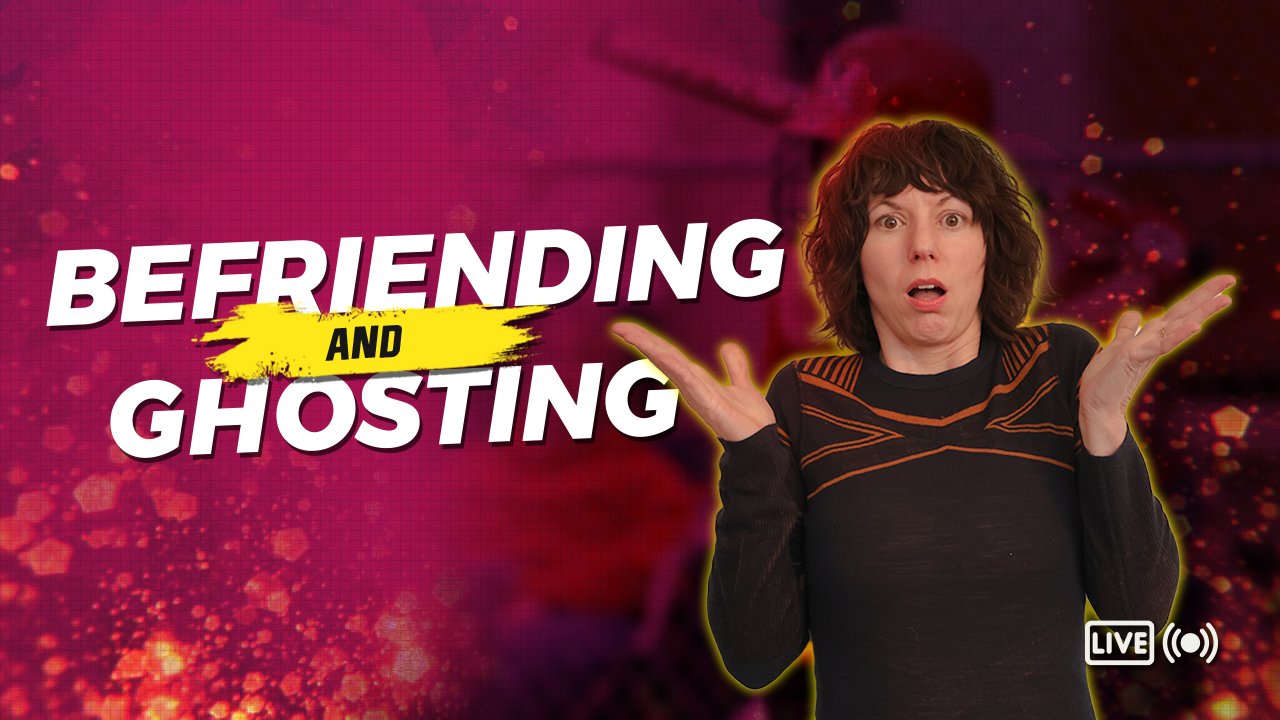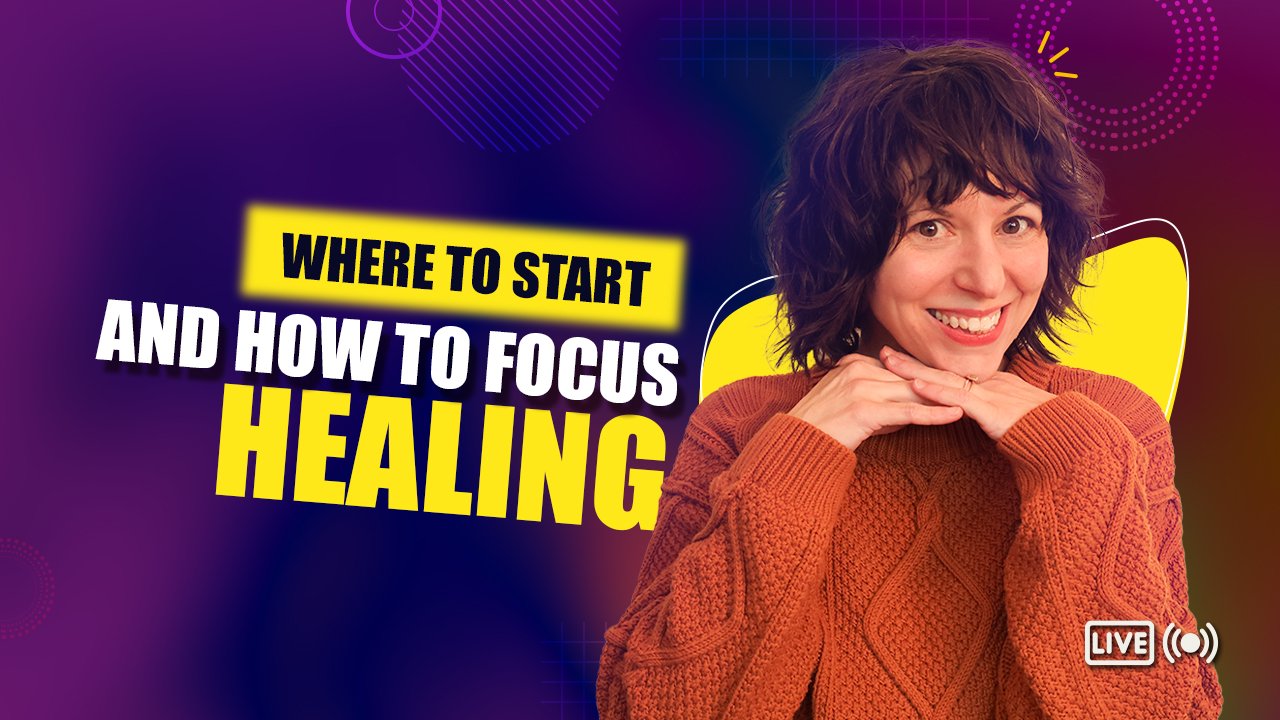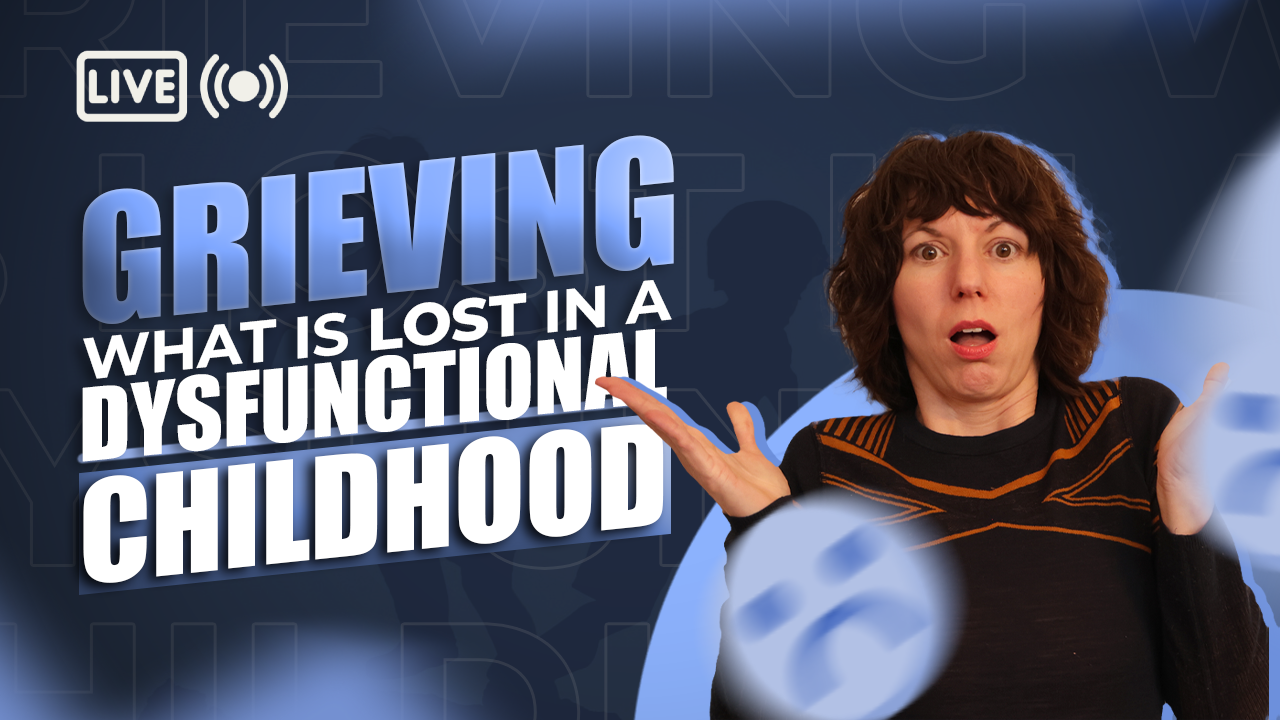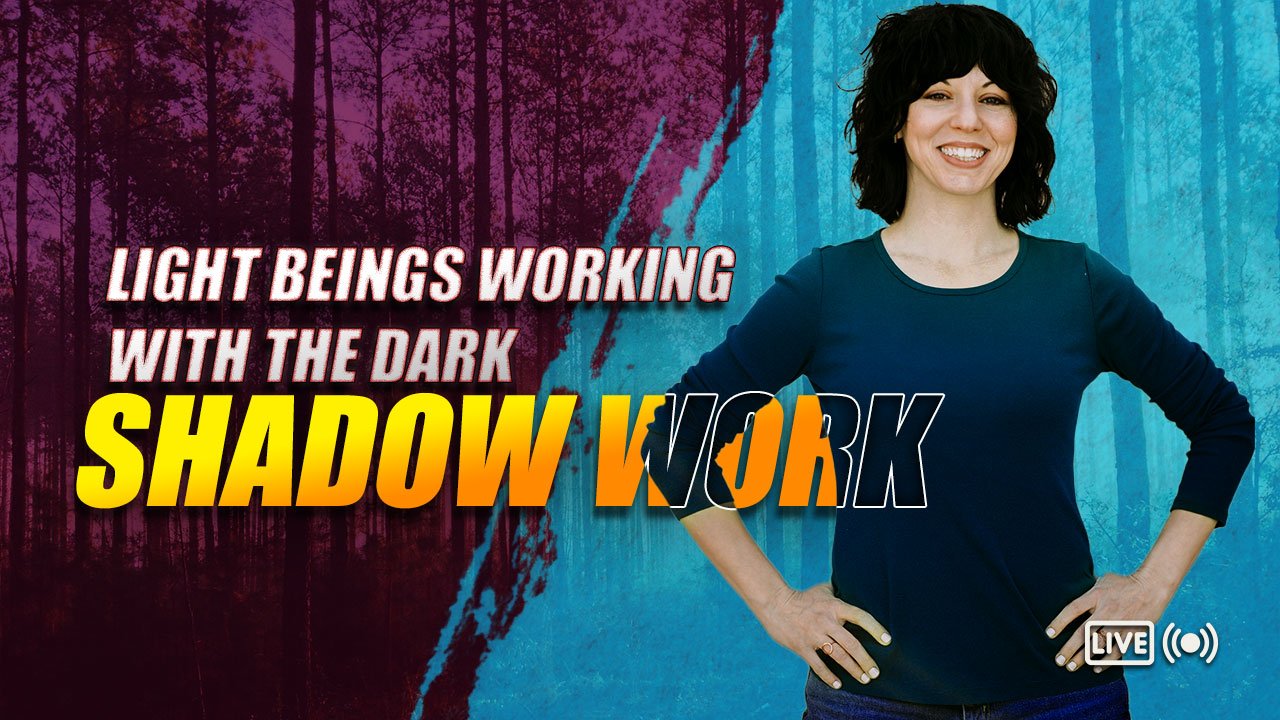A Journey to Healing: Intuition as an Exercise Part 2
Why is it important to develop our intuition?
Developing our intuition is an essential part of living a fulfilling and meaningful life. Intuition is our innate ability to access wisdom and understanding without conscious thought or reason. It is our inner voice that can guide us to make the best decisions for ourselves, our relationships, and our life circumstances. By developing our intuition, we can tap into our innate wisdom and access greater clarity and insight in our lives.
By developing our intuition, we can better understand our innermost feelings and needs. This can help us to make decisions that are in alignment with our deepest desires and values. It can also help us to recognize when something is not right for us and to take the necessary steps to make a change. Intuition can also be a powerful tool for problem-solving and creative thinking. Developing our intuition can help us to think outside the box and come up with innovative solutions to our challenges. Ultimately, developing our intuition can help us to live a more empowered, meaningful, and fulfilling life.
Here are the steps you need to follow:
1. Centering and letting go of anything else that you're carrying
2. Acknowledging that you belong and are right where you need to be.
3. Noticing your body's response when you hear or feel something that is “off”
1. The first step in this exercise is to center.
Start by taking a deep centering breath and letting go of any tension in the shoulders, softening the eyes and softening the belly. Next, focus on the phrase "I belong and I am right where I need to be." Notice your body's response: what do you feel? Is there an ease, attention, settling, or activation? Notice the wisdom and familiarity of this phrase, and if there is a resistance from within, recognize that it is okay and understand it is coming from an inner child. Speak to this inner child, reassuring them that it is okay to be where we are today, and that we have the power to make things easier for ourselves. Finally, take a few moments to settle into the present moment and let go of what has happened before.
The next step is to bring a sense of ease and safety to the body. To do this, focus on the phrase “I am safe, I am strong, I am enough.” This exercise is about allowing yourself to feel safe, allowing yourself to be vulnerable and to open up to the possibility of growth. As you focus on this phrase, pay attention to what your body is telling you. Are you feeling fear, tension, or ease? If you feel fear, take a deep breath and remind yourself that it is okay to feel fear and that you are safe.
Once you are feeling a sense of safety, you can begin to explore what is underneath the fear. This can be done through a guided meditation or journaling exercise. By exploring the fear, you can start to understand the root of it and how to best move forward. It is important to recognize that fear is normal and that it is okay to feel scared. It is also important to remember that you have the power to make things easier for yourself. By understanding the fear and allowing yourself to be vulnerable to the possibility of growth, you can start to move through it and create a more fulfilling life.
2. Acknowledging that you belong and are right where you need to be.
To practice acknowledging that you belong and are right where you need to be, it is important to first center yourself and let go of any tension in your body, softening the eyes and belly. After this, pause and take a moment to recognize and accept that it is okay to be where you are in the present moment and that you can trust in the journey you are on.
It is also important to recognize any emotions that come up when you practice this exercise, such as a calm, centeredness or a feeling of doubt. If doubt arises, it is important to be gentle and compassionate with yourself, and to talk to your inner child in a loving way, reassuring them that you are here and will take care of them.
Finally, it is important to practice shifting and letting go of what was previous, to be able to meet yourself in the present moment with what is available. This exercise can be a reminder of the power we have to pick something up and put something down, to look at something and then look away.
It is also important to practice self-compassion when acknowledging that you belong and are right where you need to be. We do not always have control over the circumstances we find ourselves in, and it can be helpful to remember that we are doing the best we can with the resources we have. It can be helpful to practice self-care and activities that bring us joy, as well as to spend time with people who make us feel safe and supported.
Finally, it is important to recognize that it is okay to make mistakes and to not always feel like you belong. This can be a sign that you are pushing yourself and growing, and that it is time to explore new opportunities and ideas. It is important to give yourself permission to make mistakes and to be gentle with yourself during times of transition and change. With practice, acknowledging that you belong and are right where you need to be can become a daily practice that brings you peace and joy.
3. Noticing your body's response when you hear or feel something that is “off”
Notice what you feel in your body when you think about this. Is there a sense of calm or an energizing feeling? Do you feel a strong "yes"? Is there any guilt, shame, or resistance that comes up? Observe these feelings without judgment or criticism. Notice if there is an ease, attention, or settling in your body. There may be an inner child part of you that is scared or overwhelmed, and it is important to acknowledge this part of you and let it know that it is okay to be where you are.
If you find yourself feeling anxious, practice self-soothing and use grounded reasoning instead of a worst-case scenario. It is okay to start small and build up the muscle of being able to observe without absorbing or judging. Notice the shifts in your body as you stress on a current stressor in your life. Then, take a breath and let go of that stressor. Finally, imagine your inner child and take a moment to offer them love, acknowledgment, and comfort. Notice any responses in your body such as tenderness or tearfulness. Take note of what any of these responses mean for you.
In the end, it is important to remember that your body is your greatest teacher and ally. Your body will always tell you what it needs to process and heal. Try different techniques to help you relax and be present with any animal-related emotions or triggers. This could include deep breathing, mindful meditation, or even journaling. You can also try yoga poses or take a walk to help you connect with your body and with nature. Allowing yourself time and space to process your feelings without judgment can help you build a stronger connection to your inner self.
By being conscious of your body's response to your intuitive feelings, you can begin to make peace with your emotions and the world around you. You can learn how to be kind and gentle with yourself and your body. This can enable you to become more aware of the connections between humans and animals and to make mindful decisions in your life. It is important to take the time to notice how animals and people are connected in our lives and how this connection can affect us emotionally and physically.
In conclusion, developing our intuition is an important part of living a meaningful life. In this blog post, I have outlined some simple strategies and exercises to help you unlock your intuition and tap into your inner wisdom. By centering and etching-a-sketch, understanding the body's intelligence, and connecting with our inner child, we can begin to explore the power of intuition. We can also practice acknowledging that we belong and are right where we need to be, and allowing an age to come up to imagine our inner child and offer loving communication. Remember, you have the power to make things easier for yourself, and you can trust in the journey you are on. Believe in yourself and you can achieve great things!
I’d love to hear how you apply Inner Child Healing to get healing and growth..
Leave me a comment on how it went for you or drop any questions you want me to answer!
Episode Tags
- ADD 1
- Abuse 14
- Alcohol 3
- Anger 9
- Bullying 5
- Childhood 37
- Codependency 8
- Covid 4
- Crystal Catalina 4
- Depression 15
- Detachment 2
- Disassociation 4
- Emotions 74
- Existentialism 2
- Faith 1
- Family 25
- Fatigue 4
- Focus 3
- Gratitude 11
- Grief 10
- Guilt 2
- Healers 7
- Healing 51
- High Sensation 4
- Hope 1
- Hypervigilance 7
- Introverts 6
- Lonliness 7
- Love 3
- Manifesting 5
- Manipulation 19
- Men 1
- Mindfulness 38
- Money 10
- Music 3
- Nutrition 2
- Overthinking 8
- PTSD 11
- Parenting 12
- People Pleasing 7
- Perfectionism 6
- Pets 4
- Relationships 13
- Resiliency 12
- Sadness 1
- Self Esteem 16
- Self Love 11
- Self Respect 1
- Self-Care 24
- Sex 1
Upcoming Events
Episode Tags
- ADD 1
- Abuse 14
- Alcohol 3
- Anger 9
- Bullying 5
- Childhood 37
- Codependency 8
- Covid 4
- Crystal Catalina 4
- Depression 15
- Detachment 2
- Disassociation 4
- Emotions 74
- Existentialism 2
- Faith 1
- Family 25
- Fatigue 4
- Focus 3
- Gratitude 11
- Grief 10
- Guilt 2
- Healers 7
- Healing 51
- High Sensation 4
- Hope 1
- Hypervigilance 7
- Introverts 6
- Lonliness 7
- Love 3
- Manifesting 5
- Manipulation 19
- Men 1
- Mindfulness 38
- Money 10
- Music 3
- Nutrition 2
- Overthinking 8
- PTSD 11
- Parenting 12
- People Pleasing 7
- Perfectionism 6
- Pets 4
- Relationships 13
- Resiliency 12
- Sadness 1
- Self Esteem 16
- Self Love 11
- Self Respect 1
- Self-Care 24
- Sex 1













